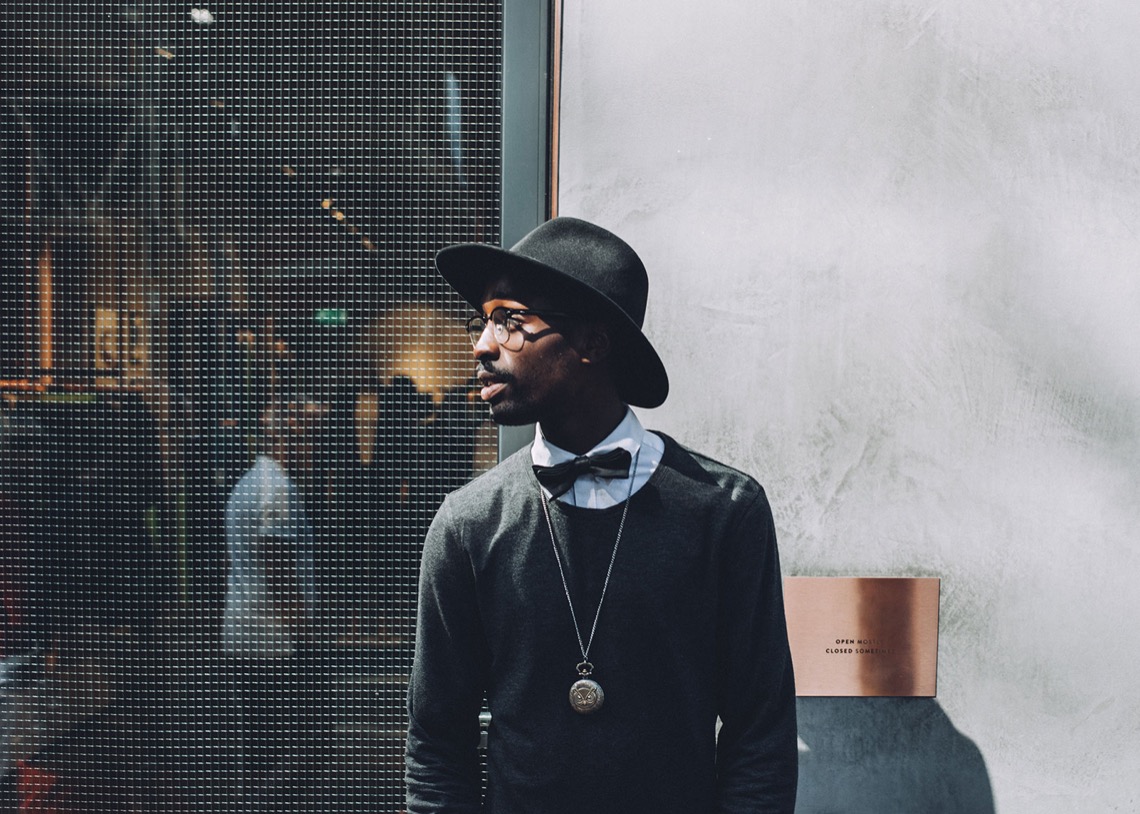From Bubblegum to Millennial: The Evolution of The Pink Fashion Trend
Whether it’s a soft pastel or a vibrant hue, pink has been a popular color choice in the fashion world for decades. From its association with femininity to its ability to challenge societal norms, the evolution of the pink fashion trend has been intriguing and significant.
The Rise of Bubblegum Pink
In the 1950s and 1960s, bubblegum pink took center stage. This candy-inspired shade represented innocence and sweetness. It became synonymous with femininity and was frequently seen in women’s clothing, accessories, and even home decor. The popularity of bubblegum pink showcased a more traditional perspective of gender roles, as pink was primarily marketed towards girls and women.
The Feminist Movement and Pink
In the 1970s, the feminist movement challenged societal norms, including traditional gender roles. As a result, pink became a controversial color. Some feminists viewed it as a symbol of oppression and an attempt to confine women to narrow stereotypes. It was during this time that the association between femininity and pink started to shift.
Making a Comeback: The Pink Power Suit
In the 1980s, pink began its comeback in the fashion world. This time, it embraced power and confidence as a symbol of femininity. The iconic pink power suit became a notable trend, as women in positions of authority embraced this bold and vibrant color. It marked a shift in how pink was perceived, from a soft and delicate color to one that symbolized strength and independence.
The Millennial Pink Phenomenon
Fast forward to the 21st century, and we witness the rise of millennial pink. This muted, delicate shade took the world by storm, becoming a global fashion sensation. Millennial pink challenged traditional gender associations and was adopted by both men and women. It broke barriers and became a color that transcends stereotypes.
Pink in the Digital Age
With the advent of social media and the internet, pink has found a new home in the digital world. Influencers and celebrities donning pink outfits and accessories have further fueled the trend. Brands have capitalized on this by incorporating pink into their product designs and marketing campaigns, attracting a wide audience across various age groups.
The Future of Pink Fashion
The evolution of the pink fashion trend is far from over. As society becomes more accepting and inclusive, pink will continue to transform and adapt to new fashion trends and cultural shifts. We can anticipate the emergence of new shades and interpretations of pink that challenge, inspire, and empower individuals.
iFAQs (Infrequently Asked Questions)
Q: Why is pink associated with femininity?
A: Pink became associated with femininity due to societal norms and marketing strategies. It was commonly used to identify girls and women, leading to the perception that pink is a feminine color.
Q: Has pink always been popular in fashion?
A: Pink has experienced fluctuations in popularity throughout history. While it has always been present in some way, its relevance and symbolism have evolved over time.
Q: Is it only women who wear pink?
A: No, pink is not limited to any specific gender. In recent years, men have embraced wearing pink as a symbol of self-expression and breaking gender norms.
Q: Will the pink trend ever fade away?
A: Fashion trends are ever-changing, and while the popularity of pink may fluctuate, its place in the fashion world is likely here to stay in one form or another. The interpretation and significance may change, but pink will continue to make a statement.
In conclusion, the evolution of the pink fashion trend showcases not only changing fashion preferences but also societal shifts. From bubblegum pink to millennial pink, this color has challenged gender norms, represented power, and become a global sensation. As we move forward, pink will undoubtedly continue to make its mark, shaping and redefining the fashion industry for generations to come.



